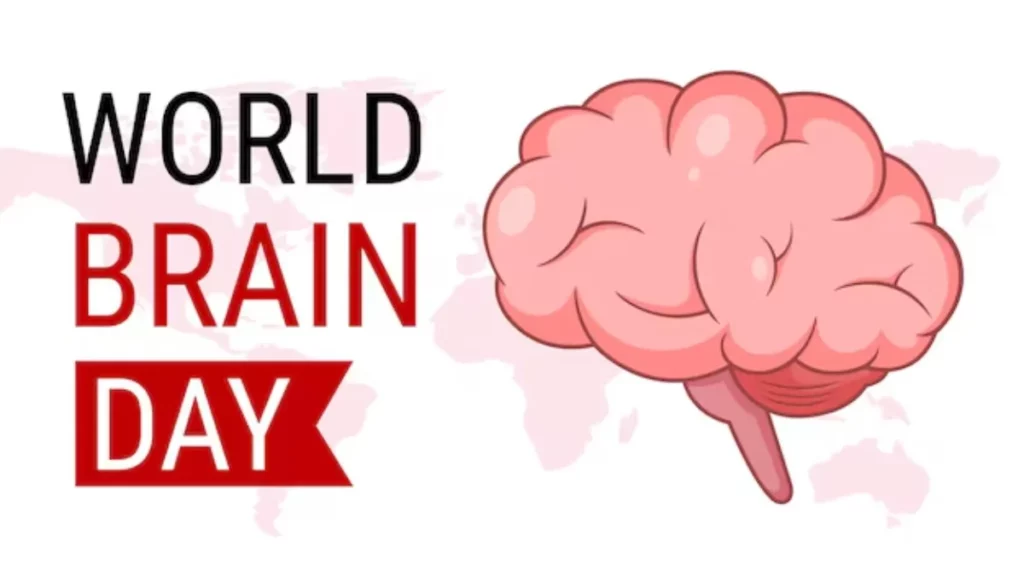
Why Are Brain Disorders in Young Adults Increasing?
On World Brain Day 2025, let us know why migraine, ADHD and early multiple sclerosis are quietly rising in young adults. In this article, an expert has shared insights about the causes of brain disorders in young adults.
Migraine is a genetically mediated primary headache disorder which manifests in the teenage years and becomes more frequent and severe in the third to fifth decades of life. Lifestyle factors play an important role in determining the severity of the illness, chief among these being high stress levels, acute and chronic sleep deprivation, irregular food habits and increased screen time.
Common Brain Disorders Affecting Young Adults Today
According to Dr Pramod Krishnan, HOD & Consultant – Neurology, Epileptology & Sleep Medicine, Manipal Hospital, Old Airport Road, young individuals tend to exhibit many more of these poor lifestyle practices and consequently suffer more from frequent severe headache episodes, resulting in loss of productivity and poor quality of life. Failure to address poor lifestyle choices explains why episodic migraines often transform into chronic migraines in these individuals. Chronic migraine is much more difficult to treat and requires long-term medications.
Even though the number of patients with migraine remains constant at 20% of women and 8% of men, the frequency and severity of migraine and the proportion of chronic migraine patients are increasing in the younger population due to lifestyle factors. Migraine can be very effectively controlled without medications in most people by focusing on a correct lifestyle and proper stress management.
Multiple Sclerosis (MS)
Multiple sclerosis is a chronic autoimmune inflammatory disorder of the central nervous system, which can result in severe disability and poor quality of life. This is a disease of young adults with peak onset in the third to fourth decades of life.
The prevalence of MS in India is estimated to be 8-10 per 100,000 population, and the incidence is around 0.6 per 100,000 population. The incidence of this disease has been on the rise in India, but the reasons for this have remained unclear. High-fat, low-fibre diets, vitamin D deficiency due to indoor sedentary lifestyles, chronic high stress levels, environmental pollution, chemical contamination in the food chain, and chronic sleep deprivation are among the factors considered as likely explanations.
Even though very effective disease-modifying therapy is now available, good lifestyle practices remain an important way of controlling this autoimmune disease.
Attention Deficit Hyperactivity Disorder (ADHD)
Attention deficit hyperactivity disorder (ADHD) is being diagnosed much more frequently in young adults than in the past. This may be due to better awareness, better access to mental health care and more openness to a diagnosis due to diminishing social stigma. There are also instances where ADHD is overdiagnosed.
Even though ADHD is more commonly diagnosed in children, it may manifest only in young adults when shifting life demands, high stress levels, increased screen time, and fast-paced multitasking unmask the symptoms. This has resulted in a situation where, in countries like the USA, the number of adults in the 18–30 age group diagnosed with ADHD has surpassed the number of children diagnosed with this condition.
Disclaimer: Tips and suggestions mentioned in the article are for general information purposes only and should not be construed as professional medical advice. Always consult your doctor or a dietician before starting any fitness programme or making any changes to your diet.